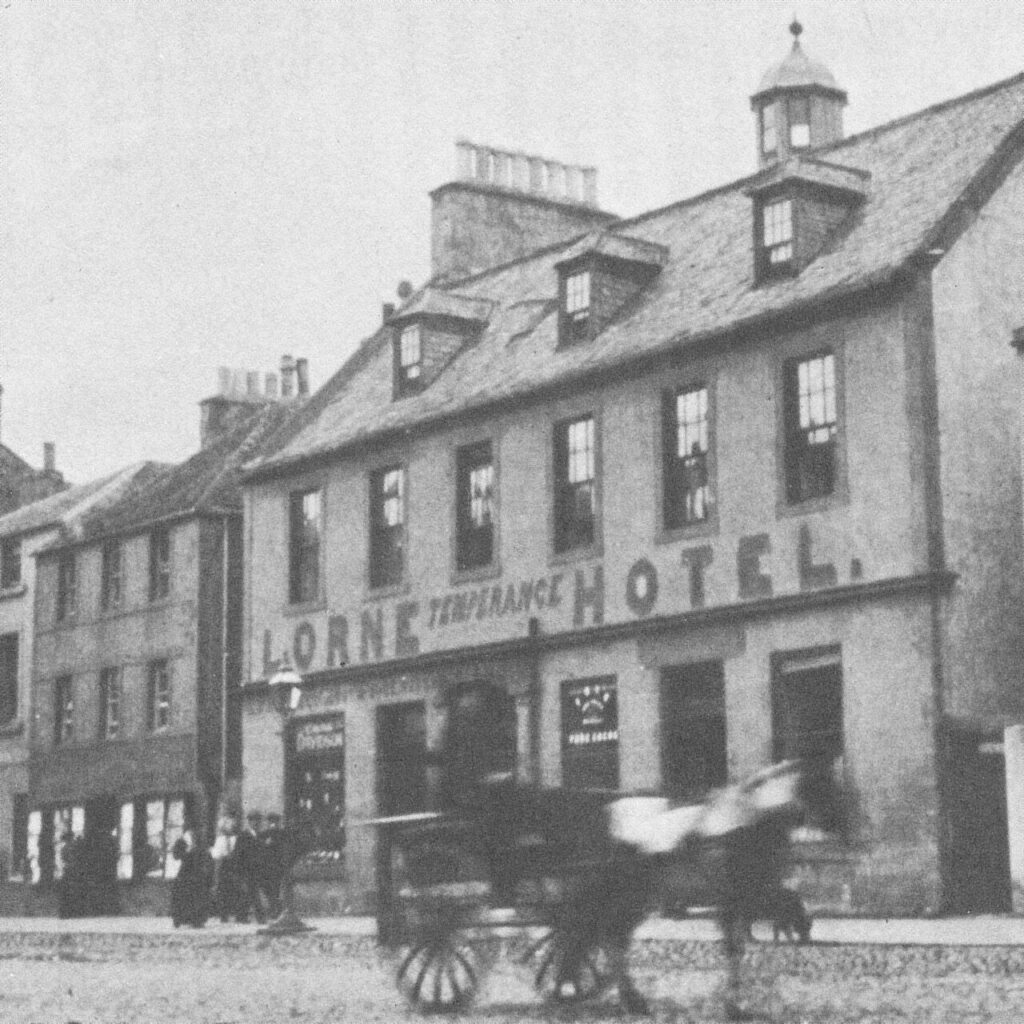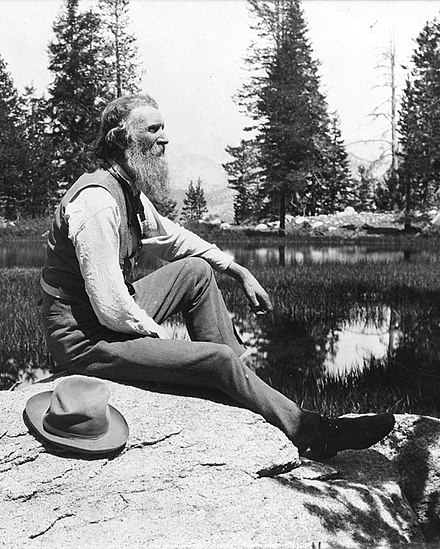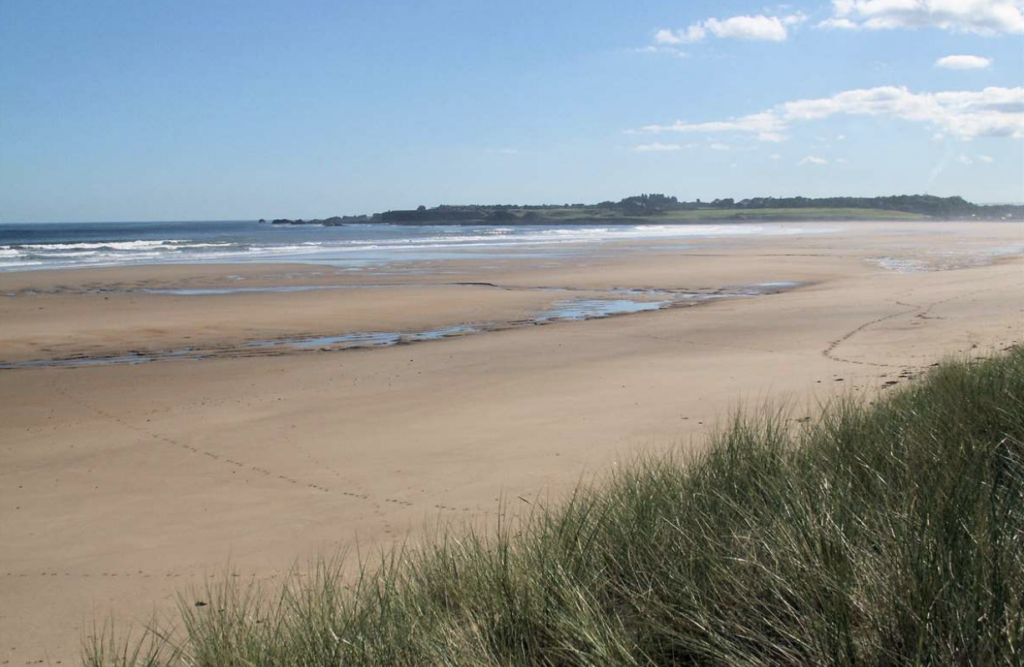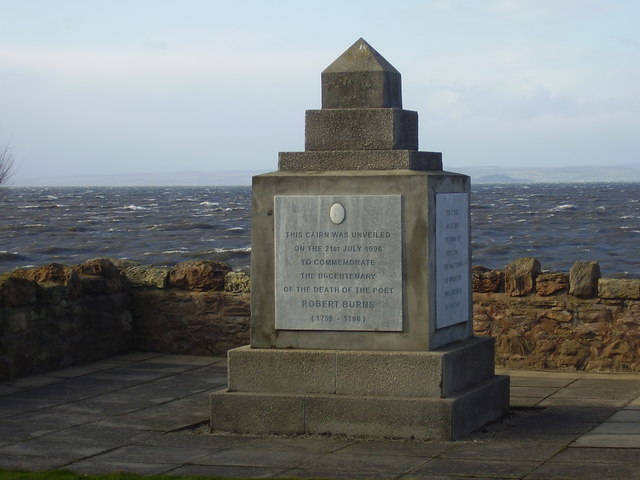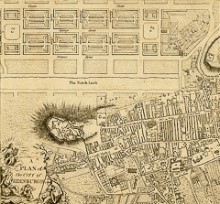Castle Gate, Dunbar, EH42 1HX

A black painted ship propeller opposite Victoria Harbour has been unveiled in 2003 as a memorial to a Dubar-born maritime inventor, Robert Wilson, on the occasion of the 200th anniversary of his birth. Robert Wilson was born at the Shore of Dunbar, following the death of his father, difficult circumstances meant the family moved inland. However, Wilson’s passion for the sea and ships remained strong and he worked on maritime propulsion since his teenage years, supported by the Lauderdales in Dunbar.
By the 1820s, he demonstrated working models of rotary propellers in Leith Harbour, and winning a prize from Highland Society and the Scottish Society of Arts in 1832. As his inventions were not widely adopted yet, he earned his living as Works Manager of the Bridgewater Foundry (in Patricroft, Lancaster) later becoming the managing partner. Wilson secured over 30 patents for engineering advances, both for the technology behind Nasmyth’s steam hammers, as well as some in propellers. While he did not receive the wide recognition – Francis Petit Smith reaped most of the rewards – his work was accepted by the navy and in 1880 he was awarded 500 pounds to licence his double action screw propeller to drive torpedoes.
Robert Wilson: https://www.johngraycentre.org/people/engineers-and-inventors/robert-wilson-1803-1882/




